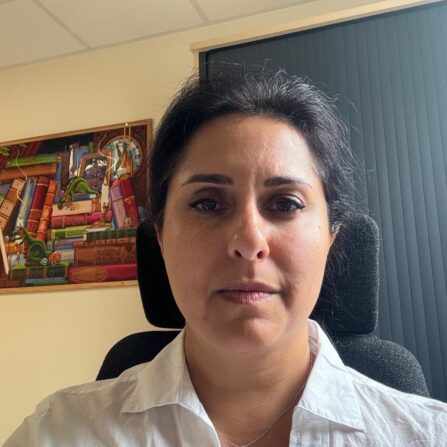
Ladan N.
Head of Medical Physics and Clinical EngineeringWhat is the nature of your role and its responsibilities?
I oversee the management of a number of Physics and Clinical Engineering services. These are Radiology Physics, Nuclear Medicine Physics, Kent and Medway Communication and Assistive Technology (KM CAT) Service, Medical Devices Governance. My main area of expertise is Clinical Engineering. I am mostly involved in matters related to the governance of medical devices.
What led you to follow this career path?
I enjoyed science and engineering when I was younger. I chose medical engineering as my first degree. In my final year attended a induction day about clinical engineering organised by Institute of Physics and Engineering in Medicine (IPEM) and learned about their training scheme which I applied and was successful.
What qualification(s) or training did you complete?
Following completion of my degree in Medical Engineering, I completed a training scheme that required an MSc in biomedical engineering. I am a chartered engineer and have also completed a post grad diploma in management and leadership.
How are your qualification(s) or training useful in your everyday job?
The training and education in Clinical Engineering requires understanding of wider clinical engineering and not just your own subject are. I feel that the training scheme offered that exposure opportunity. This has been valuable as I later on in my career took over the management of services that I had not specifically been trained in.
What does an average working day look like for you?
No two days are the same. My day could include a range of activities, incidents investigation, supporting equipment rollout, training, planning, supporting risk assessments, attendance or chairing meetings/ conferences/ study days, providing advice, service development etc. along with leadership oversight.
What aspect of your role do you most enjoy?
Training of future generation of clinical engineers is what I most enjoy.
What aspect of your job do you find most challenging?
Sometimes juggling time to fit in everything can be a challenge but I usually try to prioritise to overcome it.
What would be your top piece of advice for anyone wanting to become a clinical engineer?
Find out as much as you can about various opportunities, that may be available to you through apprenticeships, official training routes, on the job training etc. You can also try your local Medical Physics and Clinical Engineering departments/services for more information.





Comments